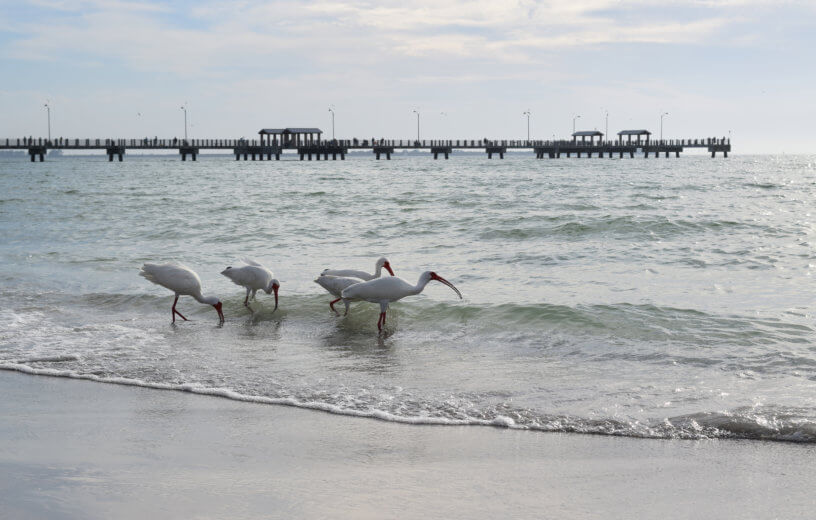ORLANDO, Fla. — New research by biologists at the University of Central Florida found that 75% of the Atlantic Coast between North Carolina and central Florida will be at high risk of erosion and inundation from rising sea tides by 2030. In addition to causing widespread damage to shorelines, the increasing sea levels will likely also spell the end for some coastal species of birds and turtles.
Since 2000, the number of areas in this region deemed “highly vulnerable” by biologists has increased by 30%, according to new data and the U.S. Geological Survey’s Coastal Vulnerability Index. Researchers say pinpointing these areas goes beyond preparing residents and readying beaches and shoreline structures for damage. Such attention is needed to save wildlife at risk, too.
“We need to know not only what areas are going to be the most affected by sea-level rise, but also those species most vulnerable to sea-level rise in order to figure out management plans for coastal species,” says study author and UCF biologist Betsy von Holle in a university release.
Some coastal species cited in the report as at risk include loggerhead and green sea turtles, along with other bird and reptile species that nest along the shoreline. These species are already at greater risk of infectious diseases than they have been in the past. The study shows that as the sea level rises, the risk of erosion will be apparent in about 50% of the nesting areas for coastal nesting animals in the next decade.
“When there is erosion and inundation during the reproductive seasons, it has large impacts on species,” says von Holle. “A lot of these species that we studied are threatened and endangered species, so just knowing that sea level rise will be a threat to certain species in the future helps managers figure out how to prioritize their management actions.”
According to her study, seabirds may be in even more danger than other animals. Nesting habitats for species like the sandwich tern and the gull-billed tern are expected to be at 70% to 80% greater risk of erosion and inundation by 2030 respectively. Birds that tend to nest at higher elevations, like the brown pelican, face a much lower risk (about 20%).
Sea walls and other manmade structures erected to keep shorelines from extending inland will surely be challenged as well. But the authors say without such structures, wildlife would be better able to adapt to the changing tides as they have in similar instances through time.
The study was published in The Journal of Wildlife Management.
